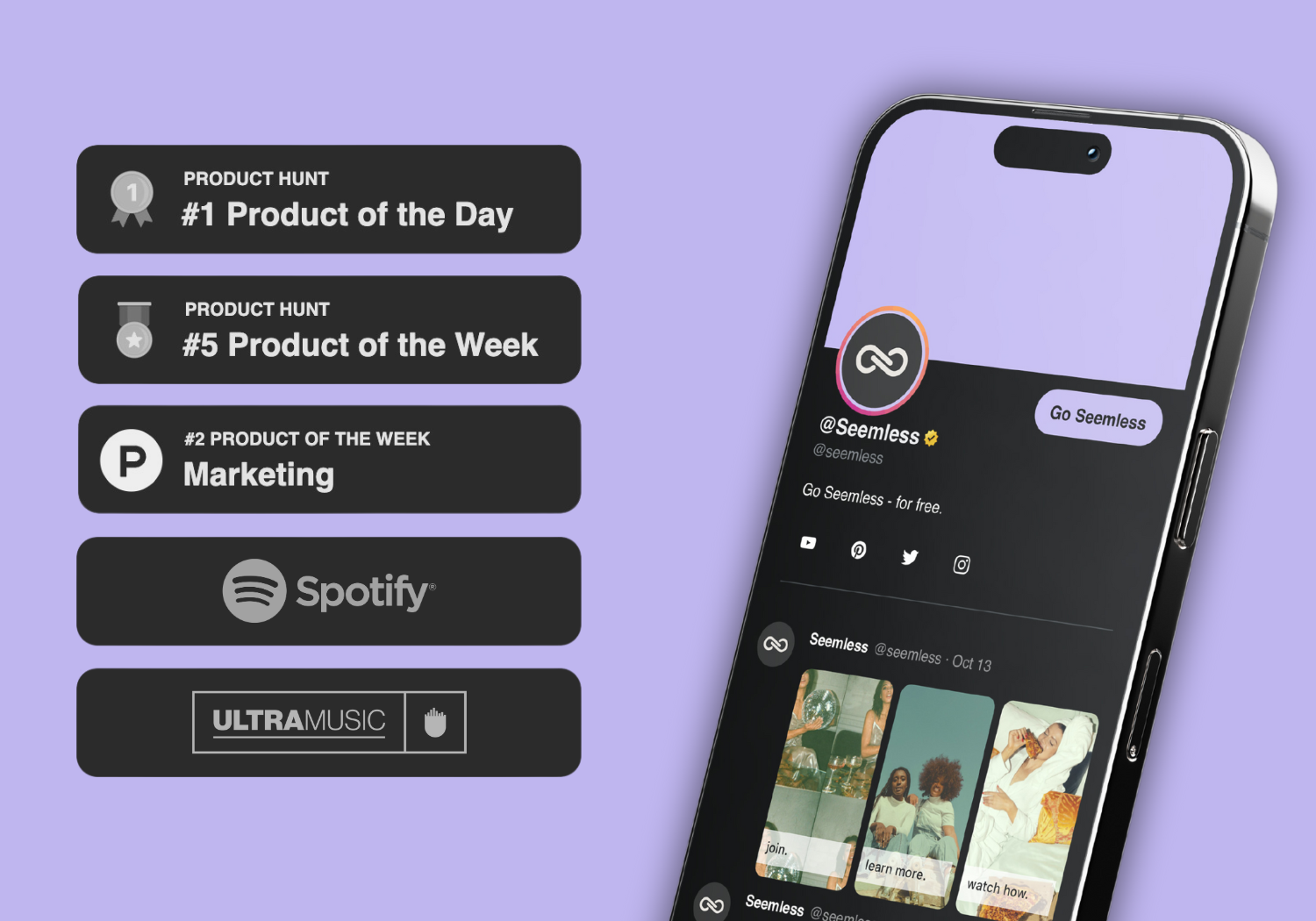Viral marketing is a phenomenon that has transformed the landscape of advertising and brand promotion in the digital age. At its core, viral marketing refers to strategies that encourage individuals to share content with their social networks, thereby amplifying the reach of a message exponentially. This approach relies heavily on the power of word-of-mouth, leveraging the innate human tendency to share experiences, opinions, and recommendations.
Unlike traditional marketing methods that often rely on paid advertisements, viral marketing seeks to create organic buzz around a product or service, making it a cost-effective strategy for businesses of all sizes. The essence of viral marketing lies in its ability to tap into emotions—whether it be humor, nostalgia, or inspiration—creating a connection that compels individuals to share the content with others. The success of viral marketing is often measured by its ability to generate significant engagement and reach within a short period.
This can lead to increased brand awareness, customer acquisition, and ultimately, sales. However, achieving virality is not merely a matter of luck; it requires a deep understanding of the target audience and the factors that drive them to share content. Elements such as relatability, originality, and emotional resonance play crucial roles in determining whether a piece of content will go viral.
Additionally, the timing of the release and the context in which it is shared can significantly influence its success. As such, marketers must be attuned to current trends and cultural moments to craft messages that resonate with their audience and encourage sharing.
Creating Viral-Worthy Content
Crafting content that has the potential to go viral is both an art and a science. It begins with identifying the core message that resonates with your audience while also aligning with your brand’s values. The most successful viral content often tells a story that captivates viewers, whether through humor, drama, or an unexpected twist.
For instance, videos that evoke laughter or surprise tend to be shared more frequently than those that are purely informational. Additionally, incorporating visually appealing elements—such as striking images or engaging graphics—can enhance the likelihood of content being shared. The key is to create something that not only captures attention but also encourages viewers to engage with it on a deeper level.
Moreover, understanding the psychology behind sharing behavior is essential in creating viral-worthy content. People are more likely to share content that they believe will reflect positively on them or elicit a strong emotional response from their peers. This means that content should not only be entertaining but also provide value—whether through education, inspiration, or simply a moment of joy.
Marketers should also consider the format of their content; short videos, memes, and infographics are often more shareable than lengthy articles or complex presentations. By focusing on creating concise, impactful messages that resonate with the audience’s emotions and values, brands can significantly increase their chances of producing viral content.
Leveraging Social Media Platforms

In today’s digital landscape, social media platforms serve as the primary channels for disseminating viral content. Each platform has its unique characteristics and user demographics, making it essential for marketers to tailor their strategies accordingly. For instance, platforms like TikTok and Instagram thrive on visual content and short-form videos, while Twitter is more suited for quick updates and witty commentary.
Understanding these nuances allows brands to optimize their content for maximum engagement. By leveraging trending hashtags, challenges, or themes specific to each platform, marketers can enhance their visibility and encourage sharing among users who are already engaged with similar content. Additionally, social media algorithms play a significant role in determining what content gets seen by users.
Engaging with followers through comments, shares, and likes can help boost a post’s visibility within these algorithms. Brands should actively participate in conversations relevant to their industry or niche, positioning themselves as thought leaders while simultaneously promoting their viral content. Collaborating with other brands or participating in social media trends can also amplify reach and engagement.
By strategically utilizing social media platforms as both distribution channels and engagement tools, marketers can create a robust ecosystem that fosters virality.
Encouraging User Engagement
User engagement is a critical component of any successful viral marketing strategy. Encouraging users to interact with content not only increases its visibility but also fosters a sense of community around the brand. One effective way to promote engagement is by incorporating interactive elements such as polls, quizzes, or contests into your content strategy.
These elements invite users to participate actively rather than passively consuming information. For example, a brand might launch a contest encouraging users to create their own content related to a specific theme or product, offering prizes for the most creative submissions. This not only generates excitement but also provides an opportunity for users to share their creations with their networks.
Moreover, fostering a two-way conversation between brands and consumers can significantly enhance engagement levels. Responding promptly to comments and messages creates a sense of connection and shows that the brand values its audience’s input. Additionally, user-generated content (UGC) can be a powerful tool in this regard; when customers share their experiences with a product or service on social media, it not only serves as authentic testimonials but also encourages others to engage with the brand.
By creating an environment where users feel valued and heard, brands can cultivate loyalty and encourage ongoing interaction—key ingredients for achieving virality.
Utilizing Influencer Marketing
Influencer marketing has emerged as a powerful strategy for amplifying viral marketing efforts. By partnering with individuals who have established credibility and large followings within specific niches, brands can tap into pre-existing audiences that are likely to resonate with their message. Influencers possess the ability to create authentic connections with their followers, making their endorsements more impactful than traditional advertising methods.
When influencers share branded content or participate in campaigns, they lend their voice and credibility to the message, increasing its chances of being shared widely across social media platforms. However, selecting the right influencers is crucial for maximizing the effectiveness of this strategy. Brands should look for influencers whose values align with their own and whose audience demographics match their target market.
Collaborations can take various forms—from sponsored posts and product placements to co-created content that showcases both the influencer’s personality and the brand’s message. By leveraging influencers’ creativity and reach, brands can enhance their visibility and credibility while encouraging organic sharing among followers who trust the influencer’s recommendations.
Tracking and Analyzing Results

To gauge the effectiveness of viral marketing efforts, tracking and analyzing results is paramount. Marketers should establish clear metrics for success before launching any campaign—these could include engagement rates, shares, comments, website traffic, or conversion rates. Utilizing analytics tools allows brands to monitor performance in real-time and make data-driven decisions about their strategies.
For instance, if certain types of content consistently perform better than others in terms of shares or engagement, marketers can adjust their future campaigns accordingly to focus on those successful elements. Moreover, analyzing audience feedback provides valuable insights into what resonates with consumers. By examining comments and interactions on social media posts or user-generated content submissions, brands can gain a deeper understanding of their audience’s preferences and motivations.
This information can inform future content creation efforts and help refine messaging strategies to better align with audience expectations. Ultimately, continuous tracking and analysis enable brands to adapt their approaches dynamically—an essential aspect of maintaining relevance in an ever-evolving digital landscape.
Adapting and Evolving Your Strategy
The digital marketing landscape is characterized by rapid change; therefore, adapting and evolving your strategy is crucial for sustained success in viral marketing. Trends come and go at an astonishing pace, making it essential for marketers to stay informed about emerging platforms, technologies, and consumer behaviors. Regularly reviewing performance metrics allows brands to identify what works and what doesn’t—enabling them to pivot quickly when necessary.
For instance, if a particular type of content is no longer resonating with audiences as it once did, marketers should be prepared to experiment with new formats or themes that align better with current interests. Furthermore, fostering a culture of innovation within marketing teams can lead to fresh ideas that capture audience attention in novel ways. Encouraging brainstorming sessions or collaborative projects can yield creative concepts that might not have emerged through traditional planning processes.
Additionally, staying attuned to competitor strategies can provide valuable insights into industry trends and consumer preferences—allowing brands to differentiate themselves effectively in crowded markets. By embracing change and remaining agile in their approach, marketers can ensure that their viral marketing efforts continue to engage audiences meaningfully while driving brand growth over time.
FAQs
What is viral marketing?
Viral marketing is a marketing strategy that relies on individuals to spread a marketing message to others, creating exponential growth in the message’s visibility and effect.
How does viral marketing work for a brand?
Viral marketing works for a brand by creating content that is highly shareable and engaging, encouraging individuals to share it with their networks, thus increasing the brand’s visibility and reach.
What are some examples of successful viral marketing campaigns?
Some examples of successful viral marketing campaigns include the ALS Ice Bucket Challenge, the Old Spice “The Man Your Man Could Smell Like” campaign, and the Dove Real Beauty Sketches campaign.
What are the key elements of a successful viral marketing campaign?
Key elements of a successful viral marketing campaign include creating highly shareable and engaging content, leveraging social media platforms, and encouraging user participation and sharing.
What are the benefits of viral marketing for a brand?
The benefits of viral marketing for a brand include increased brand visibility, reach, and engagement, as well as the potential for exponential growth in brand awareness and customer acquisition.

